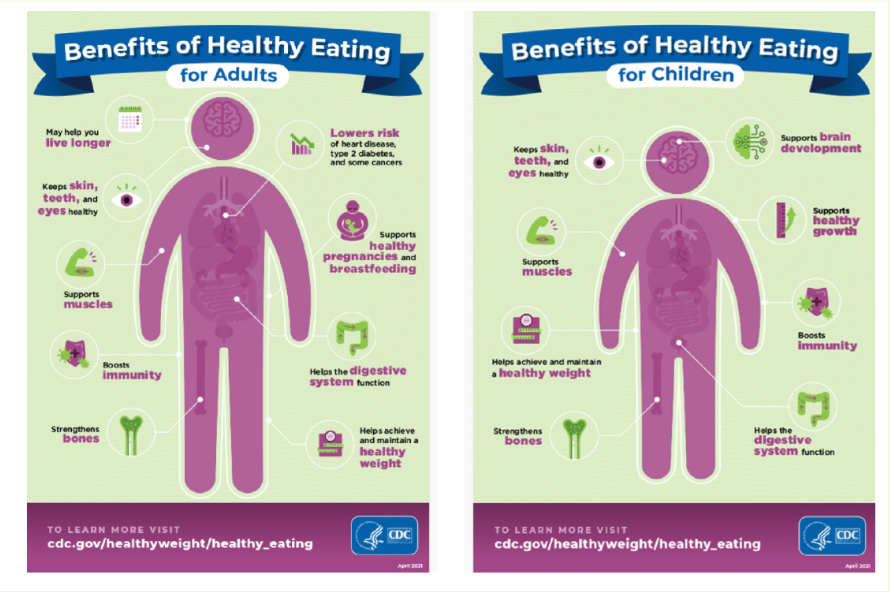Written by: Morgan Kratzer and Kacie Gillespie Edited by: Dara LoBuono and Samantha Cutrona
Getting adequate nutrition is not always as easy as it sounds. Individuals struggle with eating healthy typically due to financial issues, a lack of time, and inadequate nutrition education. Poor nutrition, or malnutrition, is defined as a lack of sufficient nutrients in the body. Unfortunately, nutrient deficiencies and malnutrition can persist for a long time before they show up in physical signs or symptoms. However, there are some indicators that you can watch out for to ensure that you or you clients are not at risk for malnutrition.
Brain Fog: The first sign of poor nutrition is brain fog, or being confused, forgetful, and unable to focus clearly. This poor concentration is due to the brain not being fed with the nutrients it needs to function properly.
Weight Loss: It is common for people to lose weight when they are not eating enough throughout the day. Eating below the recommended daily amount often, will result in pounds lost over time. Unexpected weight loss may be a sign that nutrition could be improved. Signs of weight loss can include: your clients clothes suddenly seem loose or baggy on them, or that they keep having to make their belt tighter. Other physical signs may be decreased muscle mass or muscle wasting around the temples.
Fatigue: The second sign of poor nutrition is fatigue, or feeling tired with low energy. When the body is undernourished, less energy is provided from food and therefore people become tired more easily. Fatigue can also consist of weakness, which can be physical, mental or a combination of both.
Slow Healing Wounds: If a cut on a finger and the body is slow in repairing the cut, it can be a sign of poor nutrition. This is because vitamins are important for the healing process, as well as protein. Furthermore, having poor nutrition can lead to prematurely aging skin. Therefore, eating fruits and vegetables daily can keep your skin nice and smooth. Hair Thinning: Poor hair health can be a result of not getting proper nutrition. Having a low protein or overall calorie intake can lead to hair thinning and hair loss. The hair needs protein to grow and stay healthy. Without enough protein in the diet, hair becomes brittle and breaks off. Foods high in protein include chicken, fish, meat, eggs, dairy, beans, nuts and soy products.
Lack of Interest In Food: Depression and anxiety may impact one’s interest and desire to eat and eat enough food.
Mouth Problems: Such as dental issues and trouble swallowing can occur that impact a person’s ability to eat a balanced, varied diet and consume enough calories. Watch out if your client is suddenly packing food in the side of their mouth, avoiding foods that are hard to swallow, or coughing during meals and snacks; this can be a sign of a swallowing problem.
Managing Poor Nutrition
However, there are many ways to prevent or improve poor nutrition, and it starts with a healthy-balanced diet. Consuming a healthy diet rich in vitamins and minerals helps with preventing malnutrition in all forms. Some examples of a balanced diet include eating more fruits, vegetables, whole-grains, dairy, and a source of protein. Treatments for poor nutrition, or malnutrition, include eating “fortified foods” high in calories and protein, snacks between meals, and drinks with a high calorie and protein content. But, depending on the severity of the poor nutrition state, it may be best to seek medical help or advice from a health care professional or registered dietitian.






